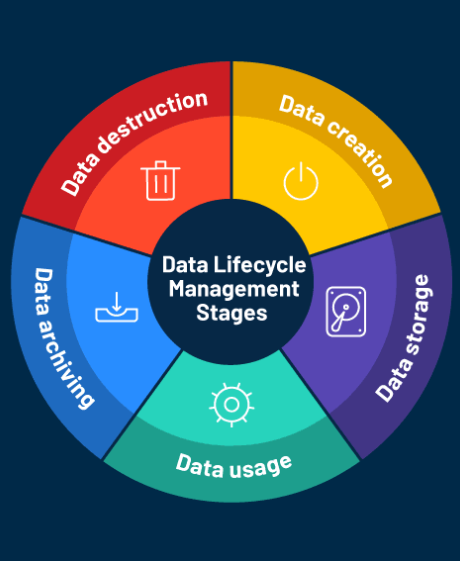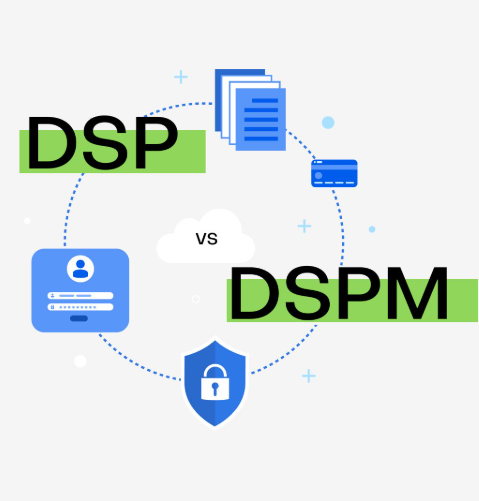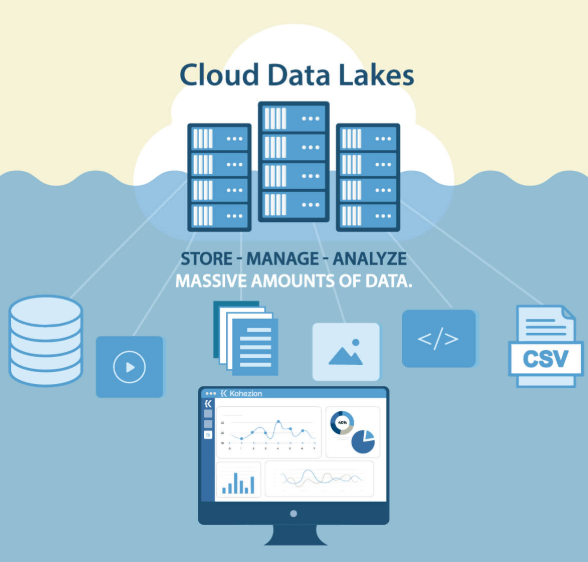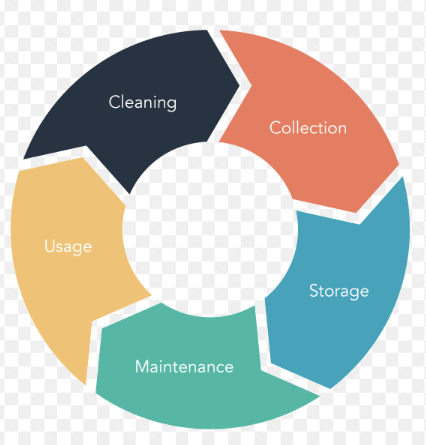
In today’s digital age, businesses are flooded with data from a variety of sources—much of it in forms that can’t easily be organized into traditional databases or spreadsheets. This unorganized mass of information, often referred to as unstructured data, holds a wealth of insights that can drive business decisions. However, it remains largely untapped by organizations struggling to manage and process this vast resource.
What is Unstructured Data?
Unstructured data refers to any information that does not fit neatly into a predefined data model or structured format. Unlike structured data, which resides in tables or relational databases, unstructured data lacks a defined framework, making it more difficult to organize, analyze, and use effectively. This type of data includes emails, social media posts, text documents, multimedia files, videos, images, and even audio recordings. While these data types don’t fit into traditional rows and columns, they still contain valuable business insights.
In fact, the majority of the data generated daily is unstructured. For example, a business’s customer reviews, which may seem like random opinions, hold valuable information about customer sentiments. Similarly, videos uploaded to social media platforms provide insights into user engagement and preferences but don’t fit into simple, structured datasets.
The Characteristics of Unstructured Data
- Variety: Unstructured data is incredibly diverse. Text files alone contain a wealth of information, from emails to legal contracts, while multimedia data—images, audio files, and videos—add a complex layer of visual and auditory data that is challenging to categorize.
- Volume: The sheer volume of unstructured data is staggering. Media files such as images and videos, often thought of as insignificant individually, combine to create massive amounts of data that can be both overwhelming and valuable.
- Velocity: Unstructured data is generated at an incredibly fast rate. In today’s connected world, information is constantly being created and shared. From social media posts to streaming videos, this data demands systems capable of processing and analyzing it quickly to capture real-time trends or long-term patterns.
The Value of Unstructured Data
Unstructured data is a goldmine of insights, offering businesses the opportunity to uncover trends, understand customer behavior, and gain a competitive edge. However, many organizations struggle to make sense of it because traditional data analytics tools are designed for structured data. Despite the challenges, unstructured data has immense potential when approached with the right tools and strategies.
- Customer Insights: By analyzing unstructured data, businesses can gain deeper insights into customer preferences and behaviors. For example, sentiment analysis of customer reviews can uncover attitudes towards a product or service, providing actionable feedback.
- Market Trends: Unstructured data helps businesses predict future market trends. For instance, social media mentions and blog posts can signal emerging trends or shifts in consumer behavior before they are visible through traditional data channels.
- Predictive Analytics: Unstructured data fuels predictive models, helping businesses anticipate market shifts, customer needs, and potential risks. With the right tools, unstructured data becomes a powerful tool for decision-making and forecasting.
Integrating Unstructured Data with Structured Data
Combining structured data with unstructured data allows businesses to build a more comprehensive and accurate view of their operations. Structured data provides the numbers and statistics, while unstructured data adds qualitative context—such as customer sentiment or the visual appeal of a product. Together, they create a holistic picture that allows for better decision-making.
How Unstructured Data Drives Technology Forward
The value of unstructured data is amplified by modern technologies like Artificial Intelligence (AI), Machine Learning (ML), and Natural Language Processing (NLP). These technologies help process, analyze, and extract insights from unstructured data, enabling businesses to unlock its potential.
- Data Lakes: Data lakes serve as a repository for raw, unstructured data, allowing businesses to store large volumes of unstructured information alongside structured data. This creates an environment where data can be indexed and analyzed more efficiently.
- Advanced Analytics: Tools like NLP, image recognition, and speech analysis help organizations derive meaning from unstructured data. These tools enable businesses to perform deeper analyses on text, images, and audio, making it easier to extract actionable insights.
- AI and ML Integration: AI and ML thrive on large datasets, and unstructured data is a key driver behind the advancement of these technologies. By feeding AI and ML systems with unstructured data, organizations can improve their predictive capabilities and gain a competitive edge.
Challenges of Managing Unstructured Data
Despite its potential, managing unstructured data presents significant challenges. These include difficulties with data governance, security, and storage, as well as the complexity of processing and analyzing such vast amounts of information.
- Data Overload: The volume of unstructured data can overwhelm traditional systems and storage solutions. To handle this, organizations need to adopt advanced management strategies and tools that can store, index, and retrieve this data efficiently.
- Security: Unstructured data often contains sensitive information, making it a prime target for cybercriminals. Securing this data requires advanced encryption techniques and access controls to prevent unauthorized access or leaks.
- Governance: Managing unstructured data requires clear governance policies. Organizations need to ensure that data is properly classified, stored, and deleted when no longer necessary to comply with data protection laws and maintain data integrity.
The Path Forward
Unstructured data represents an untapped opportunity for many businesses. However, to fully leverage its potential, companies need to implement robust data management strategies. This includes utilizing AI-powered tools, investing in data lakes for better storage, and fostering a culture of data literacy within the organization.
Organizations that successfully manage and analyze unstructured data will not only gain insights into customer behavior and market trends but will also be able to anticipate and react to changes in the business landscape more effectively. By prioritizing unstructured data, businesses can unlock new opportunities and stay ahead in an increasingly competitive market.
Conclusion
Unstructured data is a vital asset for businesses looking to gain deeper insights and stay competitive. While managing this data presents challenges, it also offers significant rewards when approached with the right tools and strategies. By integrating unstructured data with structured data and leveraging advanced technologies, organizations can unlock a wealth of valuable information that drives smarter decisions, enhances customer experiences, and propels business growth.


































































